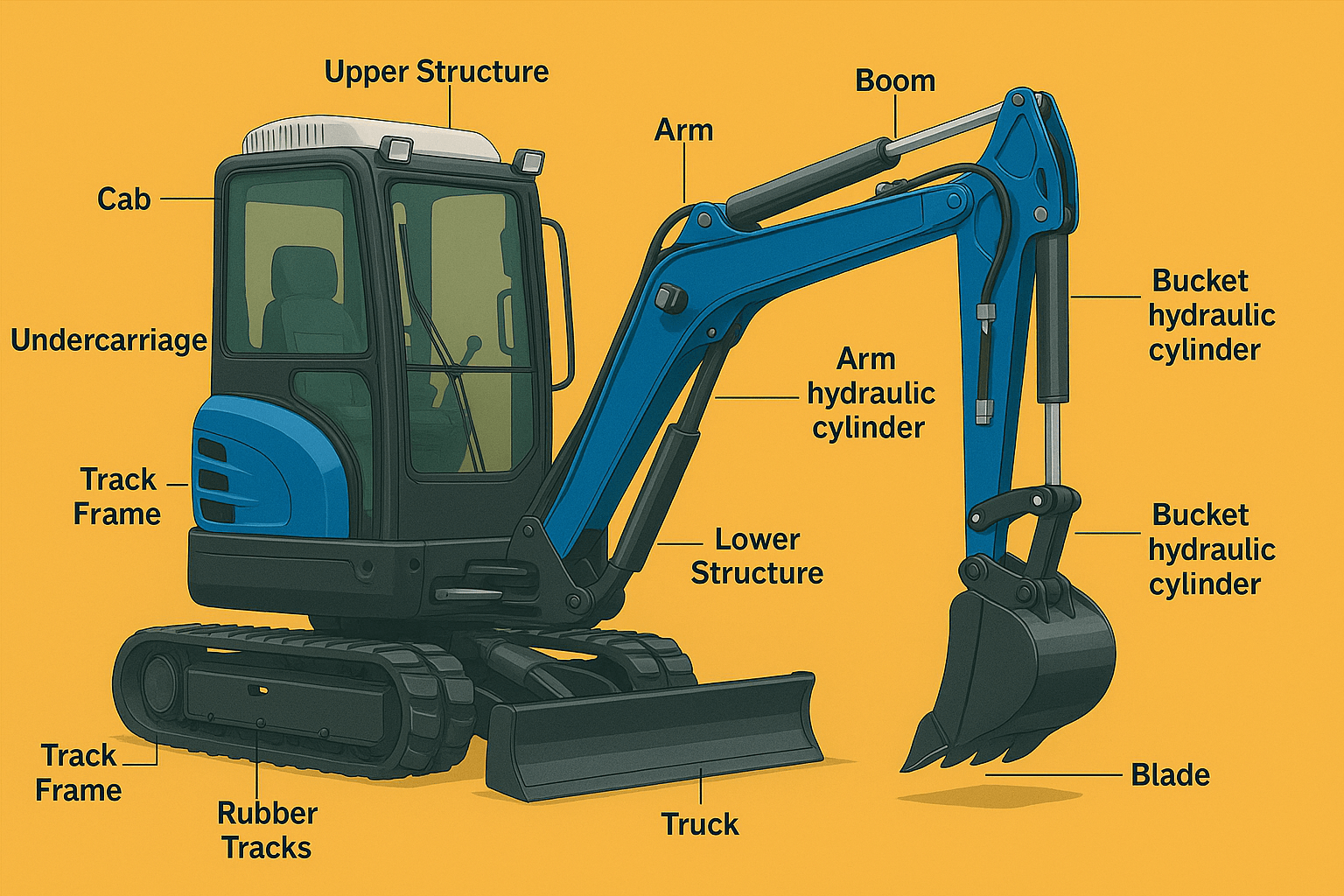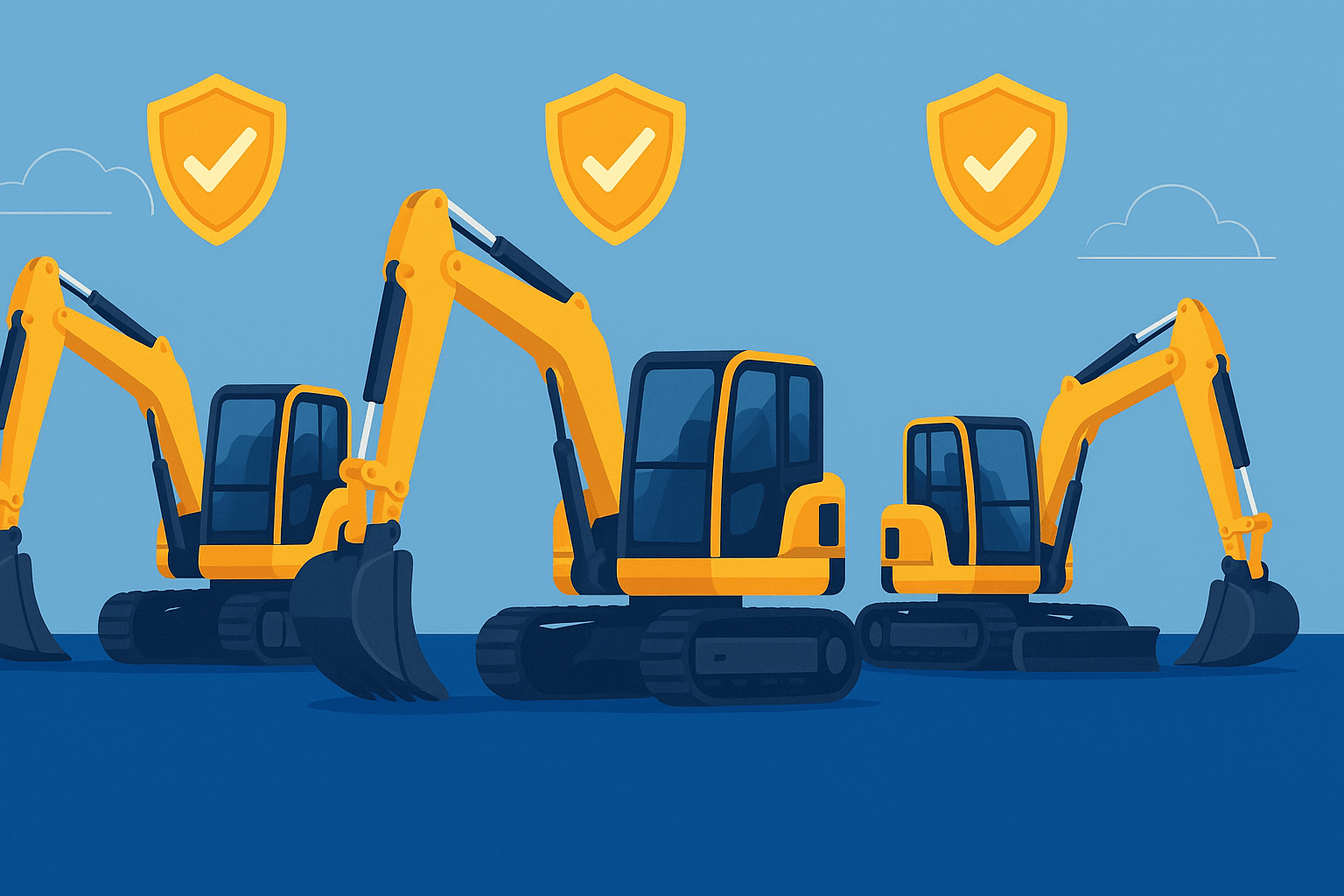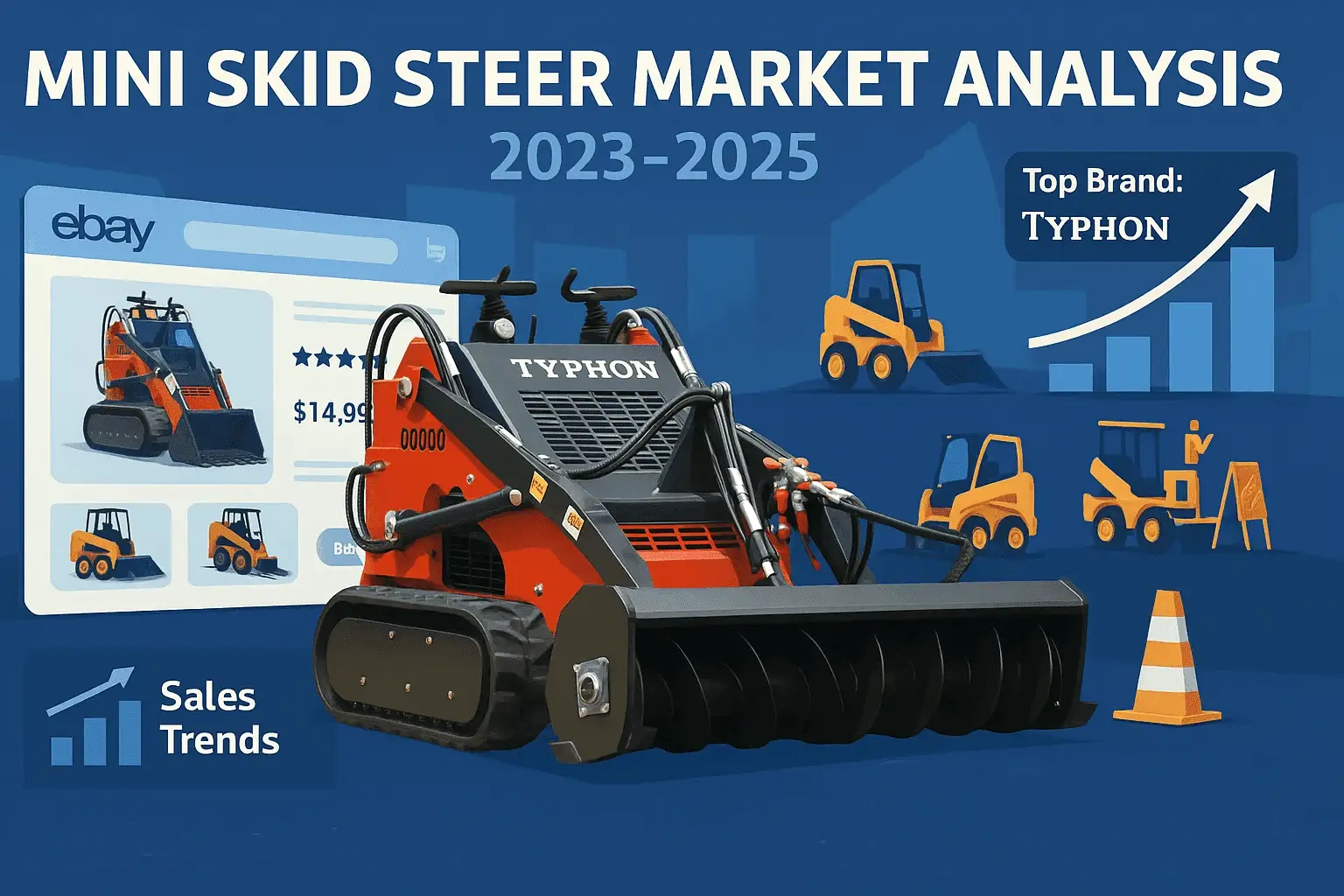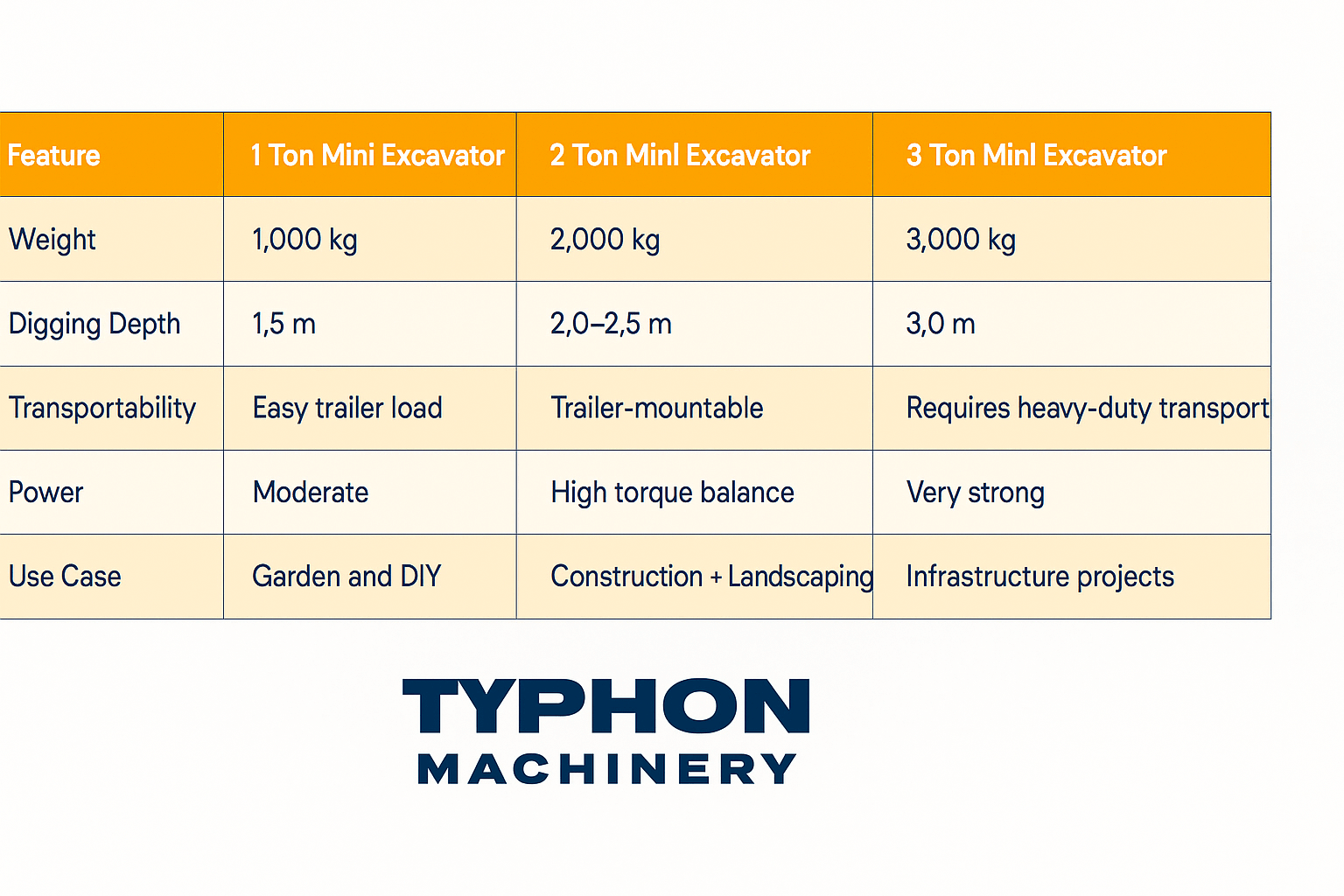Machining Industry Innovations Forecast for 2025: Driven by quick technological breakthroughs and shifting demands across numerous sectors, the machinery manufacturing industry is in the midst of a transformational age. As we approach 2025, many pioneering innovations are beginning to show up poised to fundamentally alter the landscape of equipment manufacture.
Not just in the USA but also globally, these innovations show enormous potential for manufacturers of tools, machinery, and heavy equipment suppliers. This study explores these ground-breaking events along with their implications and opportunities to promote the industry.
The Development of Intelligent Tools
Smart equipment is a significant industrial sector development combining sensors, software, and creative technologies. These smart gadgets can operate on their own, therefore enhancing operating efficiency and reducing the need for human participation.
Real-time data collection and processing enabled by the Internet of Things (IoT) creates opportunities for predictive maintenance and lessens of equipment downtime.
Benefits Of Intelligent Robots
Smart machinery offers a lot of advantages for producers of heavy machinery and tools. These gadgets may increase general operational efficiency, fine-tune production processes, and elevate product quality by means of data analytics.
Extension of equipment lifespan, lower repair costs, and avoidance of unplanned breakdowns are yet other important benefits of predictive maintenance. This aggressive approach not only increases reliability but also over time helps to save money.
Moreover, the ability of smart equipment to gather and assess data allows businesses to make sensible decisions. Better supply chain management and optimum use of resources might follow from this kind of data-driven decision-making. Reducing human error and maximizing accuracy in smart equipment redefines the efficiency and quality assurance of production settings.
Ecological Methods of Production:
Sustainability will be a fundamental shift in equipment manufacture around 2025. More and more heavy equipment manufacturers are using greener techniques to minimize their impact on the surroundings.
All with an eye toward a more sustainable future trend how to implement these methods, this devotion includes the use of sustainable materials, energy-efficient production practices, and exhaustive waste reduction initiatives.
Green Technology for Production
In terms of green production, some technologies are starting to appeal greatly. These include equipment run by solar and wind sources as well as closed-loop systems recycling resources and lowering trash. These technologies let manufacturers of equipment not only satisfy legal requirements but also contribute to environmental preservation.
Moreover, in manufacturing sustainable approaches transcend energy sources and waste management. Creative approaches like ecologically friendly coatings and biodegradable lubricants are under research to reduce the environmental effect of equipment. Combining these green technologies would enable manufacturers to stand out in the market and satisfy growing demand for environmentally friendly products.
Modern Robots and Automation
Long a transformational instrument in industrial equipment manufacture, the value of automation will only become more apparent in 2025. Advanced robotics and automation technologies changing industrial processes enable faster production rates, increased precision, and improved safety. This paradigm change is altering the production and assembly of equipment components.
Cobotics – Cooperative Robots
Collaborative robots, or cobots, are finding increasing frequency in manufacturing settings. Designed to work alongside human operators, cobots aid with repetitive tasks and reduce the risk of occupational dangers unlike those of traditional industrial robots. This human-machine collaboration raises production and helps businesses allocate human resources to more challenging and creative initiatives.
Moreover allowing companies operational independence, cobots are adaptable and easily reprogrammable for different purposes. Industries whose production demands are shifting notably benefit from this adaptability. Since cobots are more cheaply priced and available, they are expected to fit into industrial processes and so encourage even greater industry innovation and efficiency gains.
3D printing, additive manufacturing
Often referred to as 3D printing, additive manufacturing is revolutionizing the production of machine components. Highly exact complex designs enabled by this approach drastically reduce production costs and material waste. By 2025, heavy equipment suppliers and machinery manufacturers are expected to be using 3D printing more and more in order to produce bespoke components and prototypes.
3D printing’s application:
3D printing notably helps with the production of tough-to-manufacture complicated objects using traditional methods.
3D printing also supports on-demand production, so reducing lead times and the need for large inventories; rapid prototyping made possible by it helps manufacturers test and refine designs rapidly, so hastening the cycle of product development. Apart from prototype, 3D printing is also used in producing end-use components, particularly in industries where customization is rather essential.
Industries like aerospace, automotive, and healthcare are developing components that meet particular requirements by use of this technology. As materials and printing technologies advance, the spectrum of 3D printing applications is expected to expand, therefore offering new chances for innovation in the production of equipment.
Digital twins and virtual reality
Digital twins and virtual reality (VR) are among the innovative technologies grabbing hold in equipment production. A digital twin is a virtual clone of a real-time performance-simulating, analytical instrument designed for manufacturers. On the other hand, to implement this trend how virtual reality offers a unique viewpoint on industrial processes is a perfect example by means of immersive experiences for design visualization and training.
Advancing Design and Training:
Before production begins, digital twins enable businesses to optimize machine designs, identify any issues, and increase productivity.
Furthermore, helping to reduce the need for on-site inspections and enabling more proactive maintenance planning is remote monitoring and troubleshooting made available by this technology. Through their data-driven insights, digital twins support improved operational efficiency and decision-making.
VR provides staff personnel with a safe and reasonably cost training field, therefore enhancing their skills and reducing their running risk of errors. Through controlled environments modeled by real-world occurrences, virtual reality training helps staff members practice challenging activities.
The more sophisticated VR technology becomes, the more applications it should have in equipment production; thus, new chances for labor development and process optimization arise.
Artificial Intelligence’s Use: Function
Artificial intelligence (AI) is becoming important for the manufacturing of machinery. Analyzing massive amounts of data, seeing patterns, and making informed decisions to enhance industrial processes—AI-powered solutions might assist to This ability is altering business approaches toward process optimization and quality management.
Quality Control – Inspired by AI:
By 2025, artificial intelligence will be used for quality monitoring by heavy equipment producers. Highly accurate artificial intelligence systems might discover defects in products, thereby ensuring ongoing quality and reducing the recall risk. Furthermore, to implement this trend increases overall efficiency and helping to lower waste are real-time modifications in production processes made feasible by this technology.
Using artificial intelligence is supply chain management being maximized outside quality control, predictive maintenance, and energy consumption. Automating challenging decision-making processes enables artificial intelligence (AI) allow businesses to increase their competitiveness and respond swiftly to changing market conditions. As artificial intelligence technology improves, its applications in the production of machines are expected to expand, therefore encouraging greater innovation and efficiency gains.
Challenges and Opportunities
Although the advances in equipment production for 2025 provide many opportunities, they also present challenges for the industry. Adoption of new technologies requires significant financial investment, hence manufacturers have to make sure their personnel is appropriately skilled to operate and maintain current equipment along with future of cnc machining. Overcoming these challenges will determine success over an extended period of time.
Getting Ahead in the Future: Innovation and Trends
If manufacturers of machinery and industrial equipment are to handle these challenges, they must give research and development top priority, support staff training programs, and form ties with technological businesses.
Long-term success will be ensured by manufacturers that value innovation and remain ahead of market trends. Working with industrial groups and academic organizations might also serve to distribute knowledge and advance group growth.
Manufacturers also have to pay close attention to cybersecurity risks pertaining to the integration of digital technologies. Given the growing relationship between equipment, data security and intellectual property protection takes center stage. Strong cybersecurity practices enable companies to safeguard their operations and maintain the trust of their suppliers and customers.
Final Thought
The changes in equipment manufacture for 2025 are transforming the industry and provide intriguing opportunities for growth and development. From smart equipment and sustainable practices to advanced robotics and AI-driven systems, these developments will increase product quality, minimize environmental impact, and enhance efficiency.
As they maintain adopting these innovations, manufacturers of heavy machinery and equipment will be better fitted to serve evolving market demands and drive the industry forward. Being flexible and proactive helps manufacturers seize these opportunities and handle the complexities of a constantly shifting technological landscape.











